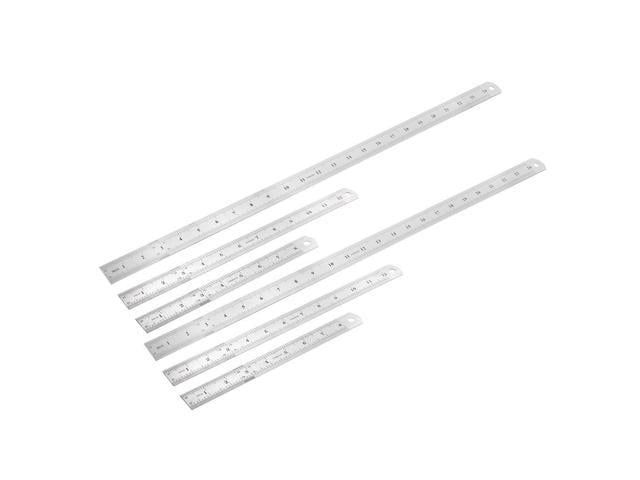ISHOULD wish to write one word by way of explanation of the character of the descriptive historical sketch which forms the text of the present book. Some time ago I undertook to prepare, for “the Medi val Towns Series” of my Publisher, a work on the Story of the Town and University of Cambridge. Arrangements were made with Mr. Herbert Railton for its pictorial illustration. It had been intended in the first instance, that the artist’s pen and ink sketches should have been reproduced by the ordinary processes used in modern book illustration. But the poetic glamour of such a place as Cambridge and its genius loci did not allow the enthusiasm of the artist to remain satisfied with such drawings only as might be readily reproduced by the ordinary processes. In addition to many sketches in black and white, suitable for reproduction in the body of the text in illustration of interesting bits of architectural detail, or of quaint grouping, Mr. Railton has also drawn a series of large-sized pencil-pictures of the principal College buildings. These drawings are so beautiful, so full of delicacy and tenderness and yet so firm and effective in their treatment of light and shade, and show so much sympathy for the old buildings and all their picturesque charm, that the Publisher at once felt that they must not be treated as ordinary book illustrations. The artist had produced pictures worthy to be classed with the best work of Samuel Prout. It became the duty of the Publisher to treat them with corresponding respect. The method of auto-lithography has accordingly been adopted, by which the plates are an absolute reproduction in size and tint of the pencil drawings, and the artist’s work goes straight to the reader without any mechanical intervention. A new feature has been added by which the colour stones have been made by Mrs. Railton acting in collaboration with her husband. This process of reproduction necessarily involved a change in the proposed format of the book. It was















